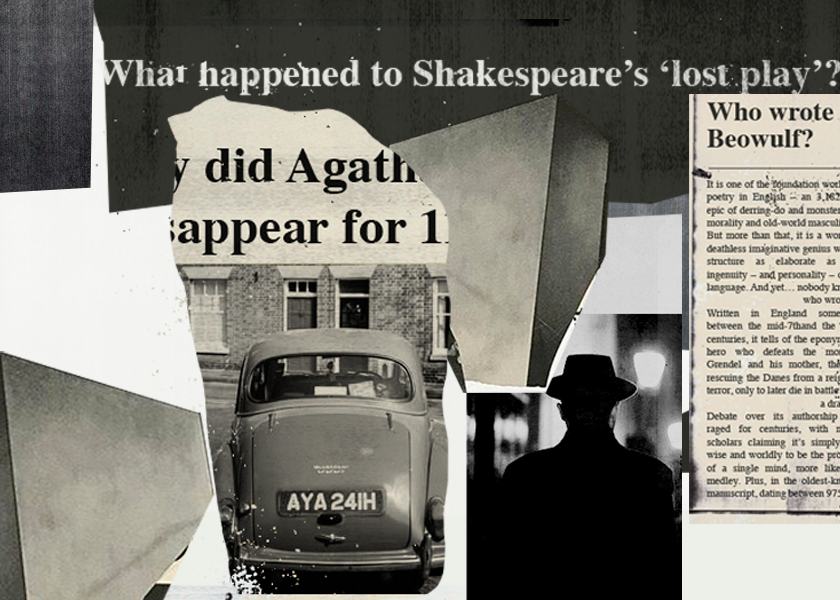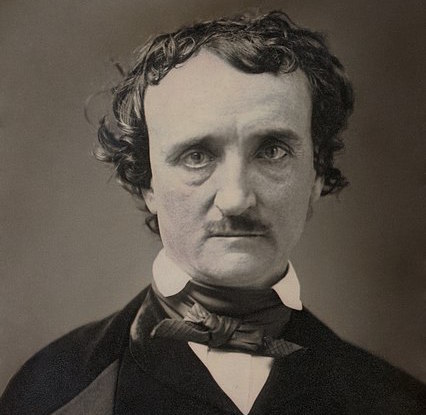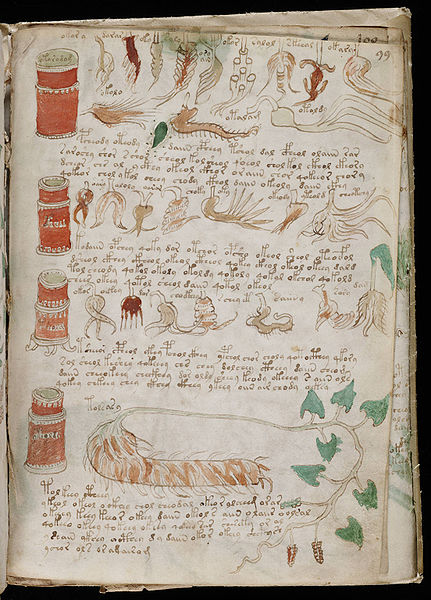- Home |
- Search Results |
- Literature’s biggest unanswered mysteries
Literature’s biggest unanswered mysteries
Why did Agatha Christie disappear for 11 days? Who really wrote Beowulf? From otherworldly manuscripts to political assassinations and murder most foul, Matt Blake investigates some of the strangest real-life mysteries to have befallen the literary world.

A betrayed wife vanishes in the darkness for more than a week. An ancient manuscript is discovered that no one can translate. A play by history’s most famous playwright gets lost forever. A celebrated horror writer is found delirious and dying in a gutter, hundreds of miles from home, wearing someone else’s clothes.
They could be the Post-It Note scribblings of a brainstorming thriller writer and could fit between the pages of any good mystery novel. But literature has its real-life mysteries, too. The difference, of course, is that fictional mysteries come usually to a neat conclusion. Real-life mysteries, on the other hand, can leave us guessing forever.
Here are some of literature’s real-life mysteries that have never been – and likely never will be – solved.
Why did Agatha Christie disappear for 11 days?
It was a little after 9:30pm on 3rd December 1926 when Agatha Christie kissed her sleeping daughter Rosalind, seven, goodnight, and drove off into the darkness.
The next morning, Surrey Police found the Morris Cowley, crashed in bushes several miles from her home. The headlights were on but no driver was inside. A nationwide manhunt ensued, in what became the perfect tabloid story. It even made the front page of the New York Times.
'Had she drowned herself in a nearby lake? Or had she met a more sinister fate, like one of the victims in her novels?'
Had she run away from her unfaithful husband? Had she drowned herself in a nearby lake? Or had she met a more sinister fate, like one of the victims in her novels?
It wasn’t until 14th December that the 36-year-old was found, safe and well in a hotel in Harrogate. Only, she was unable to provide any clues as to where she had been. Amnesia, she said. To this day, nobody knows what happened for those 11 days. The two most popular theories offered for these strange events have been that either Christie was suffering from memory loss after a car crash, or was in the grip of a rare mental condition known as a 'fugue state', or a period of out-of-body amnesia induced by stress or depression, possibly to do with her husband’s affair.
Who wrote Beowulf?
How did Edgar Allan Poe really die?

Baltimore. Election Day. It was raining and dark on 3rd October 1849 when a man was found lying in the gutter in a state of raving delirium, wearing shabby, ill-fitting clothes that were not his own. He could not – or would not – explain how he came to this place, nor how he found himself in someone else’s garb. He spent the next three days in the hospital, crippled by wild hallucinations, calling out the name of a man nobody knew. By 7th October, America’s most famous horror writer was dead.
Edgar Allan Poe’s death was as horrifying and mysterious as one of his stories, and the subject of a rash of theories, from murder to mugging to alcoholism to suicide to an infectious disease like rabies or syphilis. There has even been the suggestion that he fell victim to ‘cooping’ – where victims are shanghaied, drugged and forced to repeatedly vote for a political party before being left for dead. Sometimes they were given new clothes to disguise their identity.
To confuse matters further, all medical records mysteriously vanished, if indeed any were ever made. The upshot? Nobody knows what happened to Poe, because he never regained the lucidity to explain. The clairvoyant poet Lizzie Doten claimed he did return to Earth to dictate some poems, which she published. But his ghost apparently forgot to mention anything about his death.
What is the Voynich Manuscript (and who wrote it)?

Some say it’s a medieval physical and mental health manual written in Latin shorthand by Dominican nuns for ladies of high society. Rubbish, say others, it’s a “multi-layered micrographic cipher” used by the medieval English philosopher Roger Bacon to describe how to use telescopes to view stars. No, no, it’s an enciphered version of an ancient text originally written in Old Cornish. Leonardo DaVinci wrote it. The Aztecs wrote it. 15th century Aliens wrote it. Mexicans. It’s a hoax!
Pretty much the only thing everyone can agree on when it comes to the Voynich Manuscript is that came from somewhere.
The enigmatic 200-page tome, which has been carbon-dated to the 15th or 16th century, is filled with botanical, figurative and scientific drawings that seem to illustrate an indecipherable script, flummoxing scholars and code-breakers since it was rediscovered a century ago. But whatever its provenance, ‘Voynichese’ does not appear to be complete gobbledegook. In 2014, Brazilian researchers used complex ‘network modelling’ to prove the shows similar patterns to those of known languages. Still, at least we have it. Alas, the same cannot be said for Shakespeare’s lost play 'Cardenio'...
What happened to Shakespeare’s ‘lost play’?
It was called 'Cardenio', a pastoral tragicomedy based on a section from Cervantes’ masterpiece Don Quixote. It was set in the Spanish mountains and populated by goatherds and shepherds, lovers, madmen, and nunneries. It is believed to have been performed twice in the London theatre season of 1612 to 1613. And yet any written copy of the play appears to have slipped through the cracks of time.
'"Cardenio", credited in the register to Shakespeare and his collaborator John Fletcher, never appeared in print.'
The facts are these: In the summer of 1613, royal records show two payments were made to The King’s Men – the playing company for whom Shakespeare wrote – to perform a number of Shakespeare’s plays, including 'Cardenio'. Then, in 1653, ‘The History of Cardenio’, appeared in a register of soon-to-be-published works. But 'Cardenio', credited in the register to Shakespeare and his collaborator John Fletcher, never appeared in print.
It wasn’t until the 18th century that distinguished Shakespeare editor and playwright, Lewis Theobald, claimed to have discovered the missing manuscript of 'Cardenio,' “improved” it, and produced the highly successful play 'The Double Falsehood'. He never disclosed the original manuscript, claiming to have stored it in London’s Covent Garden Playhouse which burned down to the ground in 1808. The rest, they say, is a mystery.